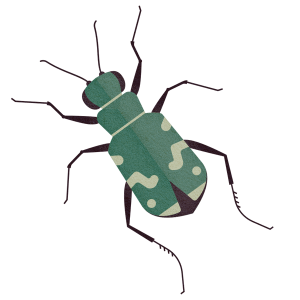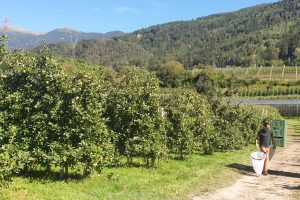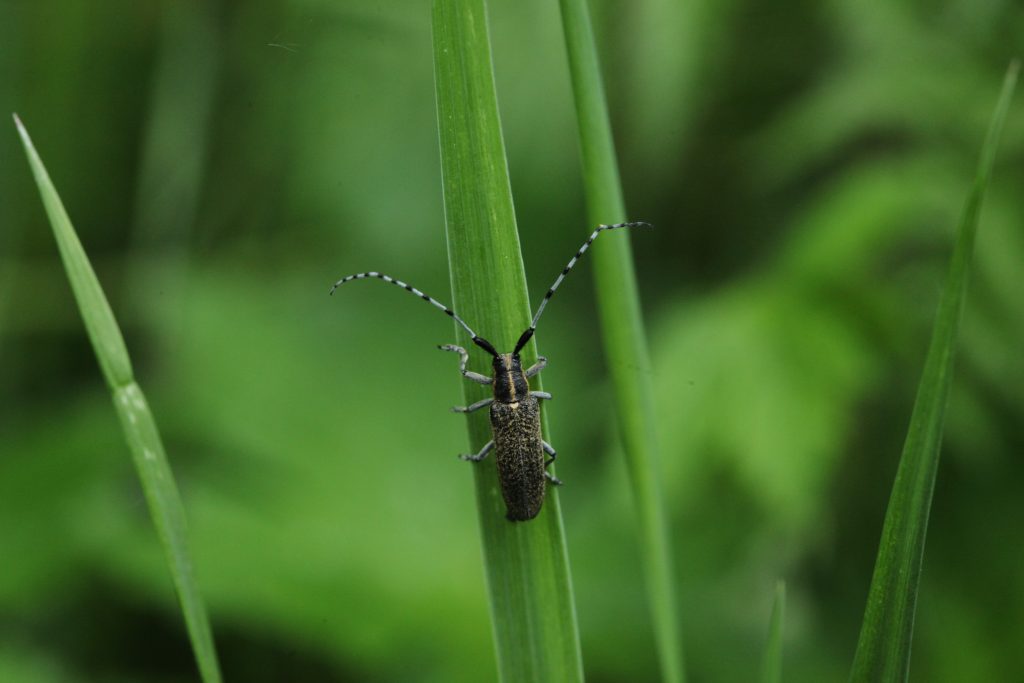Beetles, bugs and other insect groups
Factsheet:
Beetles represent the largest insect group on earth. 40% of all insects and 25% of all known species on earth are beetles. The ecological range of the group, also in South Tyrol, is enormous. In total we find almost 5,000 beetle species in our region. For the Biodiversity Monitoring, we focus on ground beetles and rove beetles, both living mainly on the soil surface.
Both, bugs and leafhoppers, have a suction trunk with which they extract the sap of plants. More rarely they also feed on other animals. Because of the richness and abundance of their species and the frequently high adaption to host plants, bugs and leafhoppers are known to be excellent bioindicators for all kinds of grasslands in Europe. For South Tyrol so far almost 600 bug species and about 250 leafhopper species have been recorded. Due to the high number of samples and species, bugs and leafhoppers are only studied for specific research questions within the monitoring.
Methods: We use a sweep net to collect invertebrates in meadows and in the forest understory applying a standardised protocol. In woody vegetation we collect invertebrates with a beating net, also following a standardised protocol. Besides beetles, bugs and leafhoppers, many other insect groups are trapped with these methods, for the monitoring however we concentrate on the mentioned groups.





